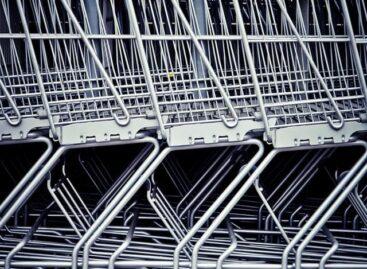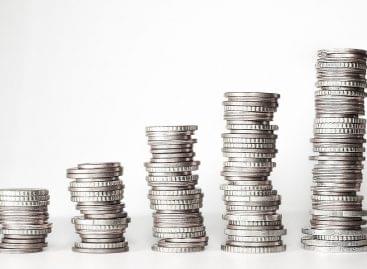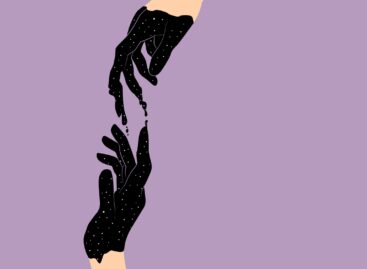FMCG at the time of the coronavirus pandemic
If we want to imagine what kind of year is waiting for FMCG market players, first we need to take a good look at what 2020 brought. It goes without saying that last year’s trends were mainly influenced by the coronavirus pandemic and the reactions of the society, the economy and the individual to this.
Pandemic, consumer confidence and how FMCG kept its head above water

Vendégszerző:
Kovács Gergely
ügyfélkapcsolati vezető
NielsenIQ
For the time being it very much seems that the pandemic is going to stay with us for many months. Due to the pandemic consumer optimism dropped sharply all over the world. By the middle of 2020 the Hungarian consumer confidence index fell from 82 to 66 points (measured on a scale of 200). It is good news to FMCG market players that from the three components of the index it is willingness to buy that suffered the least: nearly 30 percent of consumers say the present is a good or excellent time to buy.
In March 2020 panic-buying induced a nearly 50-percent sales growth on certain weeks, while online sales got 2-3 times bigger. The number of transactions decreased sharply but the basket value grew; the latter trend still prevails. Nielsen has found that the basket value was up 25 percent but the number of purchases reduced by 15 percent in hyper- and supermarkets and the drugstore channel.
Consumers are buying – but they do it in a different way
The pandemic reshaped our consumption habits very much. Home cooking became more popular with the closure of HoReCa units and this entailed a double-digit growth in staple food sales. As people now clean and disinfect much more than before, the stockpiling trend manifested in the drug categories too. OTC products were also selling better, while sales of luxury items dropped. Companies must adapt their innovation and marketing activities to these new preferences. In consumer attitude the biggest change was that shoppers started to visit fewer stores. Hungarian consumers still want the same things from the store where they choose to do their shopping: shopping experience, good price-value ratio and the availability of the products they need.

Online boom
2020 was definitely the year of online retail: online FMCG sales surged like never seen before. Fresh products now turn up among the fastest-growing categories in online shopping baskets more and more often. Although the online channel’s share in total FMCG sales is still very low – Nielsen has measured a bit less than 1 percent in the grocery segment and more than 1.5 percent in the drug category – sales in 2020 jumped nearly 80 percent in this channel. It is an important development as regards 2021 that the basket composition of online purchases that have boomed during the pandemic changed and is still changing to a greater extent than in the case of purchases in physical stores.
2021 = A protracting 2020?
From a certain point of view 2020 didn’t even end: with the pandemic situation being as it is, we continue everything basically the same way as we started last spring. It was an important realisation in the autumn that the second wave of the pandemic didn’t start a stockpiling trend. Despite the difficulties 2020 was an excellent year for FMCG retail: the annual sales growth up to November was 9 percent – more than the 7-percent growth in 2019. 2021 can also be a difficult but good year for the market of fast moving consumer goods.//
Related news
After temporary stabilization, the outlook for the domestic food industry is uncertain again
🎧 Hallgasd a cikket: Lejátszás Szünet Folytatás Leállítás Nyelv: Auto…
Read more >K&H Analyst Commentary: What awaits Hungarian inflation?
🎧 Hallgasd a cikket: Lejátszás Szünet Folytatás Leállítás Nyelv: Auto…
Read more >K&H Analyst Commentary: Hungarian industry continues to decline
🎧 Hallgasd a cikket: Lejátszás Szünet Folytatás Leállítás Nyelv: Auto…
Read more >Related news
Akcenta: The Hungarian economy returned to growth in 2025, risk management will come to the fore in 2026
🎧 Hallgasd a cikket: Lejátszás Szünet Folytatás Leállítás Nyelv: Auto…
Read more >At profit temperature – 3 climate trends reshaping the economy
🎧 Hallgasd a cikket: Lejátszás Szünet Folytatás Leállítás Nyelv: Auto…
Read more >BMI: The manufacturing industry ended the year with sustained expansion
🎧 Hallgasd a cikket: Lejátszás Szünet Folytatás Leállítás Nyelv: Auto…
Read more >








